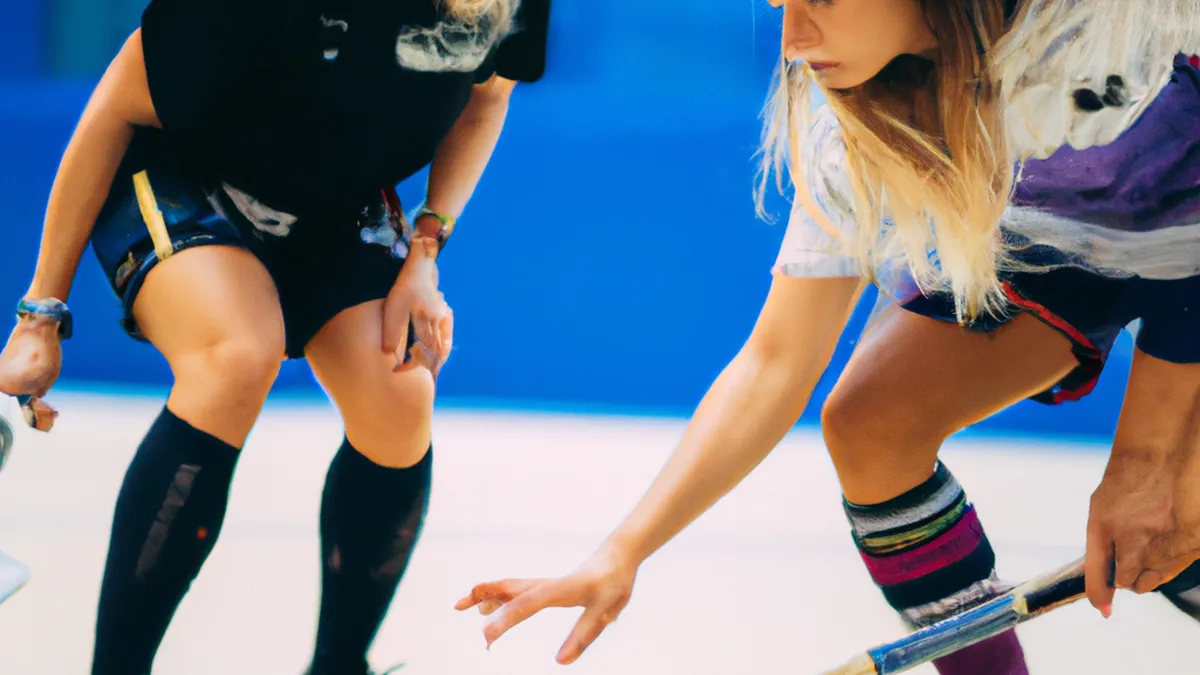Modify Your Routine: Yoga for Flexibility
Incorporating Yoga for FlexibilityFlexibility enhances movement, reduces injury risk, and promotes relaxation. In today’s sedentary world, improving flexibility is essential. Yoga combines physical postures, breathing exercises, and meditation to enhance flexibility effectively. This blog post offers tips and insights on incorporating yoga into your routine.
Understanding Flexibility
Flexibility measures your joints’ range of motion and muscles’ ability to lengthen. It helps you perform daily activities easily. Factors like age, activity level, genetics, and muscle strength influence flexibility. Although flexibility declines with age, consistent practice can improve it. Yoga emphasizes stretching and lengthening muscles, making it ideal for enhancing flexibility.
Tips for Incorporating Yoga into Your Routine
As an Amazon Associate I earn from qualifying purchases.
Gear tip: consider yoga mat, yoga bolster, and pilates ring to support this topic.
1. **Start Slow** New to yoga? Begin with gentle sessions. Look for beginner classes at local studios or online. Focus on basic poses that promote flexibility, like Downward Dog, Child’s Pose, and Cat-Cow. These foundational poses build confidence and comfort. Gradually increase the intensity and complexity as you grow familiar with the movements.2. **Establish a Routine** Consistency is key in yoga practice. Aim for two to three sessions each week. This frequency helps your body adapt and improve. Set specific times in your calendar for yoga, treating it as an important appointment. Establishing a routine builds a habit and makes practice easier over time.3. **Focus on Specific Areas** Identify tight areas in your body needing flexibility improvement. Common problem areas include hips, hamstrings, and shoulders. Incorporate poses targeting these areas. Use Pigeon Pose for hips, Forward Fold for hamstrings, and Eagle Pose for shoulders. Focusing on tension areas leads to greater flexibility and comfort.4. **Use Props** Use yoga props to enhance your practice. Blocks, straps, and bolsters provide support and help achieve deeper stretches. If you cannot reach the floor, a block can bring the ground closer. This adjustment maintains proper alignment without straining. Focus on breath and alignment for a safe, effective practice.
Conclusion
Incorporating yoga into your routine enhances flexibility and overall wellness. Follow these tips to develop a consistent practice and enjoy the benefits.
Below are related products based on this post:
FAQ
Why is flexibility important?
Flexibility enhances movement, reduces injury risk, and promotes relaxation. It allows you to perform daily activities more easily and is essential in today’s sedentary lifestyle.
How can I start incorporating yoga into my routine?
Begin with gentle yoga sessions and look for beginner classes either locally or online. Focus on basic poses that promote flexibility and gradually increase the intensity as you become more comfortable.
What are some effective yoga poses for improving flexibility?
Common poses that target flexibility include Downward Dog, Child’s Pose, and Cat-Cow for beginners. For specific areas, consider Pigeon Pose for hips, Forward Fold for hamstrings, and Eagle Pose for shoulders.















Post Comment